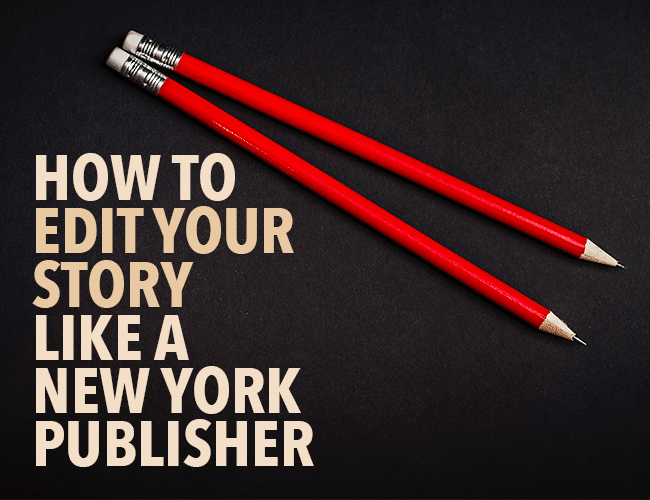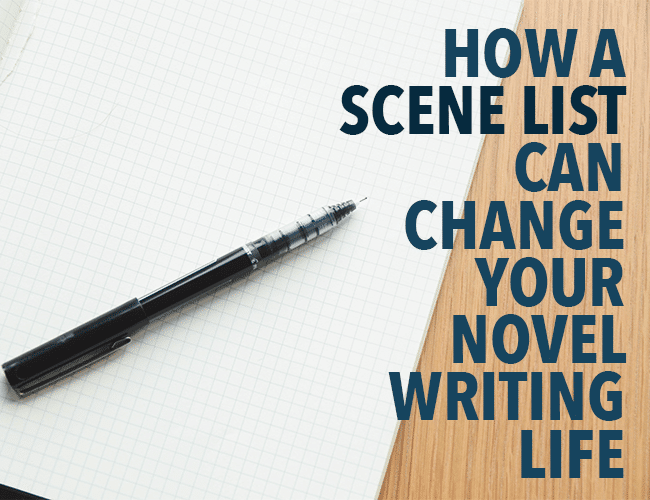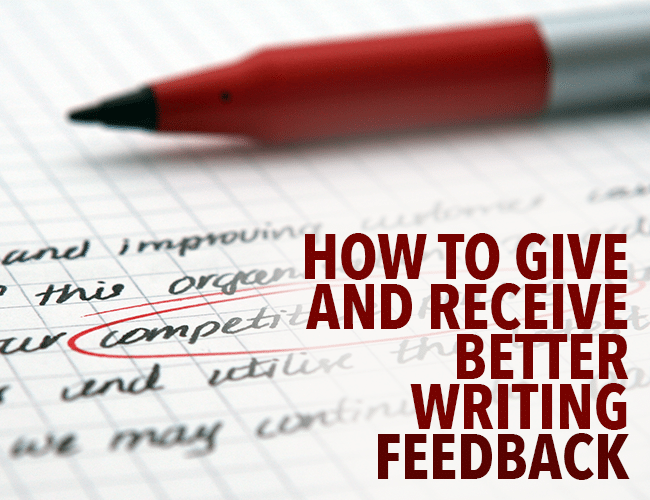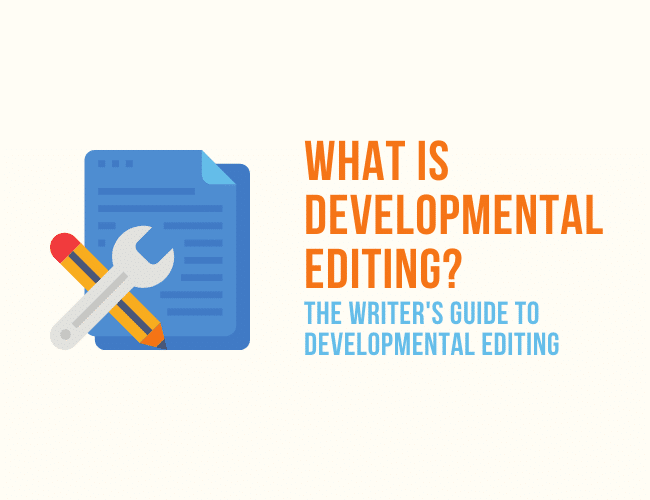
by Elizabeth Nettleton |
We live in a world where a freelance editor is just a click away. But how do you know which one is right for you? And what should you expect when you hire one? Today, we’re breaking down the different types of freelance editors, what they actually do, and how to choose the one who will make your fiction and nonfiction books the best they can be.

by Pamela Fernuik |
You have finished writing the first draft of your story, a version of your whole story from beginning to end. Now it is time to edit, to revise your words to make your story clear and compelling, so the reader will continue reading after the first sentence.
Editing your story might feel like an impossible task, but when you have a strategy to use, you can be confident you can edit your own story and improve your writing.
Whatever you do, do not skip the important step of editing your first draft. According to David Remnick, the editor of The New Yorker, “Revision is all there is.”

by Monica M. Clark |
By the end of this post you will be using an excel spreadsheet.
Don’t make that face—I know you’re a writer and not a data analyst. Or if you are a data analyst—I understand that you’re on this blog to get away from you day job. I get it. But guess what? At the suggestion of Randy Ingermason—the creator of the Snowflake Method— I listed all of the scenes in my novel in a nice little Google spreadsheet. It changed my novel-writing life, and doing the same will change yours too.

by Joe Bunting |
You worked hard. You stayed up late, got up early, pushed through writer’s block, and finally, at long last, finished writing your book.
But after you write your book, what comes next?

by Sue Weems |
A little over ten years ago, I had almost a decade of English teaching experience, a couple years paid freelance writing work, several creative writing university courses under my belt, and a few small publications in poetry and nonfiction. A friend’s mom, Mae, had written a query letter for her second novel. She asked me to read it and give her some writing feedback. What could go wrong?
When Mae asked, I had not attempted to write an entire novel or a query letter. I had read thousands of novels and a few letters, but I had not studied the structure and requirements of each. I assumed writing was writing. Surely with a degree in English and a little experience, I was qualified to give good feedback?
Nope. Not even close.

by Alice Sudlow |
You’ve written a book. Congratulations! But wait . . . now what? What do you do with your manuscript? How do you turn it from a rough draft into a publishable book? The next step is to get professional developmental editing. A developmental editor will help you take your rough, unpolished ideas and turn them into an amazing second draft.
If you’re new to the world of editing, though, the term “developmental editing” might sound a little confusing. What is developmental editing? What makes it different from other kinds of editing, like line editing, copy editing, or proofreading?
Here’s everything you need to know about developmental editing, including how to find the best editor for your book.





